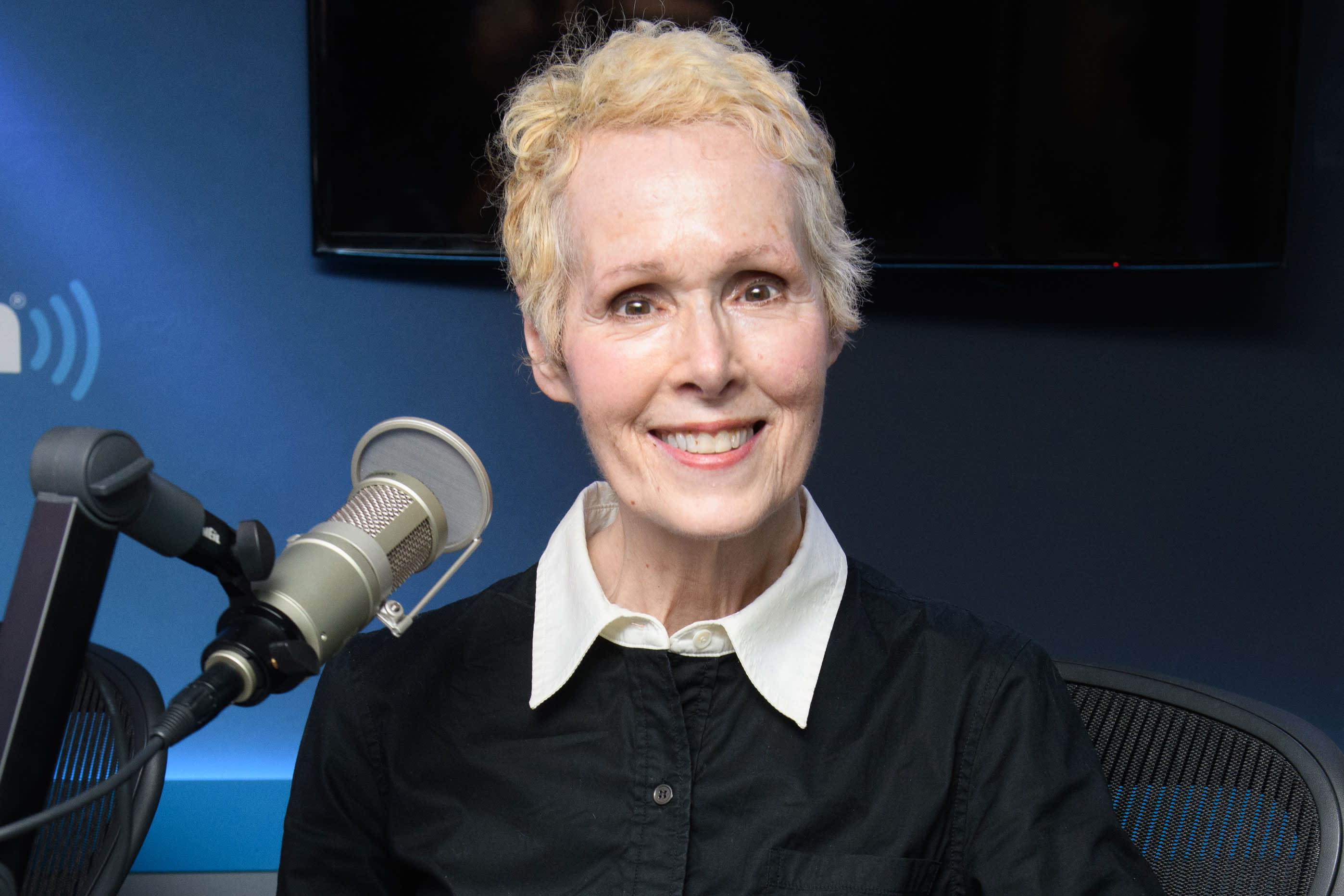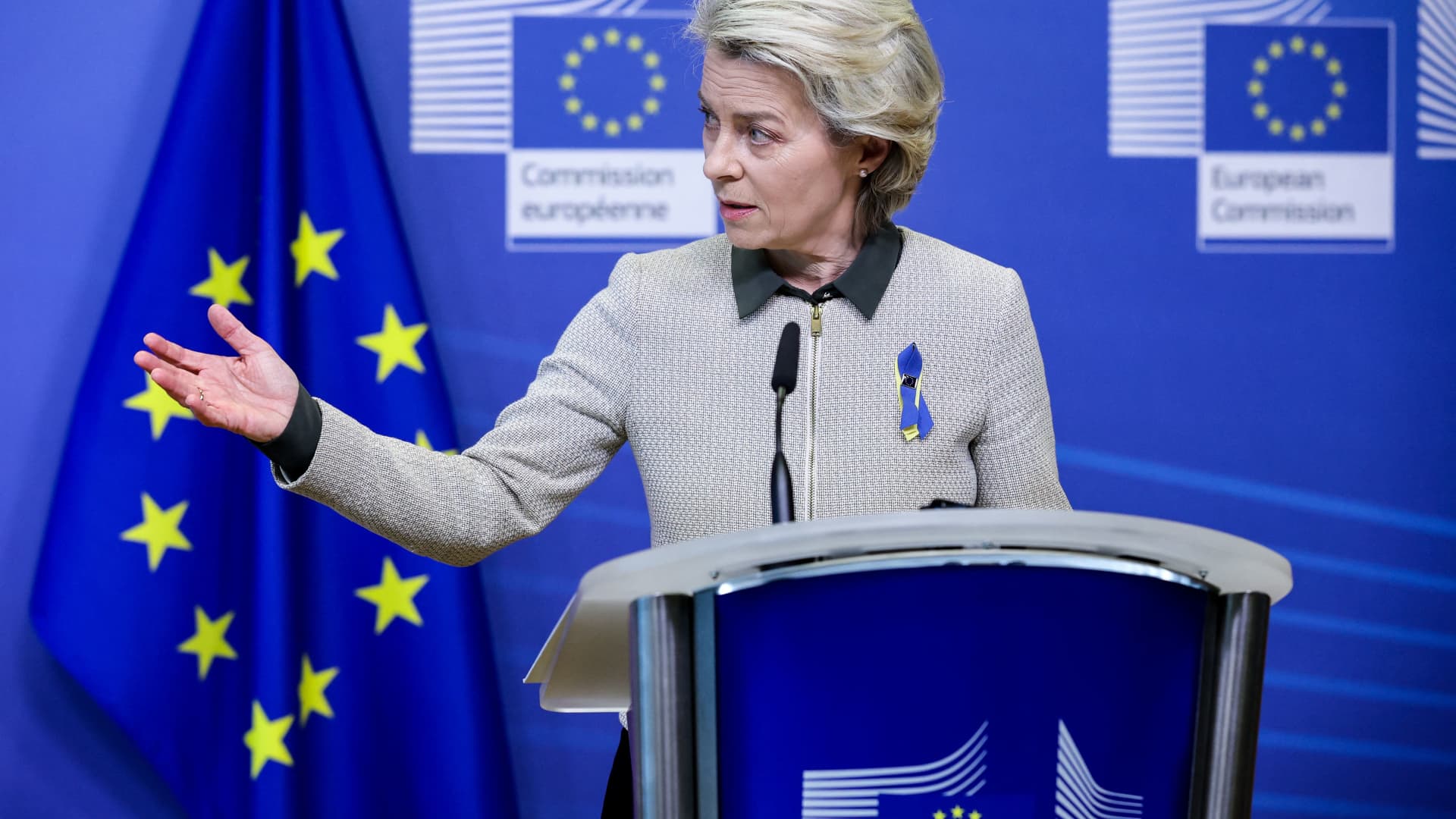'Tough duel' ahead for Ukraine as Russia mounts fierce resistance to counteroffensive
It's becoming increasingly clear that Ukraine could have a long and likely bloody slog ahead of it when it comes to its counteroffensive.

A Ukrainian serviceman mans a machine gun as he rides on a MaxxPro MRAP in the recently liberated village of Blagodatne, Donetsk region on June 16, 2023, amid the Russian invasion of Ukraine.
Anatolii Stepanov | AFP | Getty Images
It's becoming increasingly clear that Ukraine could have a long and bloody slog ahead of it when it comes to its counteroffensive aiming at recapturing Russian-occupied territory in the south and east of the country.
While still in its infancy, Ukraine's counteroffensive has produced only limited gains so far, with eight settlements reclaimed in the last two weeks. Ukrainian officials are the first to admit that the country's armed forces face a "tough duel" with Russia in the weeks and months ahead.
"We knew from before we started [the counteroffensive] that this wasn't going to be a walk in the park," Yuriy Sak, a senior advisor in Ukraine's defense ministry, told CNBC Tuesday.
"We knew that Russians had months to prepare for it, we knew that they have built very, very strongly-fortified defense lines, that they have laid millions of mines along the front line. They're dug in so deep, that we already had a very good idea that this will be not an easy task," he added.
Fighting between Russian and Ukrainian forces has intensified over recent weeks as Kyiv launched counteroffensive operations in at least three areas of the frontline spanning southern to eastern Ukraine.
Ukrainian Deputy Defense Minister Hanna Maliar announced Monday that over the past week, Ukrainian troops in the Zaporizhia direction in southern Ukraine had advanced up to seven kilometers (4.3 miles) and liberated 113 square kilometers (43.6 square miles) of territory, including eight settlements.
But in later comments last night, Maliar conceded that it "is quite difficult for our defenders to advance, because the enemy threw all their forces to stop the offensive," adding that the fighting "is hot both in the east and in the south" of the country.
"Despite the fact that our troops are advancing in several directions of the south, the enemy is concentrating a lot of his efforts in the east and continues to advance there," she noted in comments translated by Google.
"The enemy will not give up positions easily and we must prepare for the fact that it will be a tough duel. [that's] exactly what is happening now."
Russians 'not running away' this time
Defense analysts have said they expect Ukraine to launch bigger counterattacks on Russian forces in the months to come, and suggest its early phase has been used to probe for weaknesses in Russia's defensive lines.
Maliar appeared to endorse that view, stating: "The ongoing operation has several tasks and the military is carrying out these tasks. They move as they were supposed to move. And the biggest blow is yet to come." She did not elaborate further.
Nonetheless, there is mounting pressure on Ukraine to produce solid results — and analysts told CNBC that expectations could be far too high.
They said that Ukraine has, in a way, become a victim of its own success after "lighting" counteroffensives last year saw it recapture a swathe of the Kharkiv region in northeast Ukraine, and a good part of Kherson in the south.
Oleksiy Goncharenko, a Ukrainian lawmaker, told CNBC Tuesday that it was too early in the counteroffensive to make a judgment call. "Last year, Ukraine showed a kind of lightning effect and Russians were just running away. This time, Russians are not running away, they're fighting, but we are moving ahead."
Urging patience, Ukraine defense advisor Yuriy Sak told CNBC: "We understand that everybody — and us more than anybody else — wants [the counteroffensive] to be progressing faster."
"But when planning the next military steps every day, our military command is taking into account priority number one, which is advancing further with minimum losses on our side. So this is why the decision-making is very, very careful, we are still probing and doing reconnaissance in different parts of the frontline in some places we are moving better, or faster," he added, alluding to the gains so far in the south.
Need for more weapons
An oft-heard cry from Kyiv has been for more weapons from its international allies and, more crucially, the fast delivery of those weapons to Ukraine.
Indeed, in the time Ukraine has waited to launch its counteroffensive — facing inclement weather and muddy ground conditions, and awaiting a long-awaited decision on the supply of battle tanks such as Leopard 2s — Russia has been able to build deep defenses in occupied territory.
As such, Sak said the counteroffensive's relatively slow progress so far was as to be expected, but he repeated Ukraine's call for more military hardware from its international allies.

"A lot will depend on our ability to receive faster, more weapons because the air dominance along the front line is entirely in Russian hands ... so we just need to be patient all of us and make sure that we progress without exposing our troops to unnecessary risks," Sak said.
There has been much criticism of Kyiv's NATO allies for their slowness to agree and supply hardware to Ukraine. Anders Fogh Rasmussen, chair of Rasmussen Global and former Secretary General of NATO, told CNBC Tuesday that "we are much too slow."
"The embarrassing discussion on the delivery of Leopard 2 tanks is a very sad example on how we have allowed Putin to exploit our hesitation to fortify his defenses," Fogh Rasmussen said, adding that this had made it far harder for Ukraine to carry out its counteroffensive.
Lawmaker Oleksiy Goncharenko agreed that it had been frustrating to see the West's procrastination over weapon supplies
Ukrainian military personnel receive armoured manoeuvre training on German-made Leopard 2 battle tanks at the Spanish army's training centre of San Gregorio in Zaragoza on March 13, 2023.
Oscar Del Pozo | Afp | Getty Images
"It's so frustrating that weapons delivery is so incremental, and slow, and it really makes our positions weaker and we gave time to Russians to fortify and entrench [themselves] but we will do our best," he told CNBC's Squawk Box Europe.
"From a military point of view we don't have superiority in the air, unfortunately, we don't have as many troops, it's obvious but what we do have is a higher morale among our troops and that gives us the opportunity to move ahead," Goncharenko added.
It's very likely that this new phase of the war could prove costly, in terms of personnel and military hardware, to both sides.
The General Staff of the Armed Forces of Ukraine said on Facebook Monday that forces had "eliminated" 1,010 Russian troops in the past day alone amid fierce fighting. Meanwhile, Russia's Ministry of Defense said on Telegram yesterday that its forces had killed at least 600 Ukrainian troops in fighting across southern and eastern Ukraine, particularly in the Donetsk area.
Both Ukraine and Russia have looked to minimize their own reported losses while looking to make those of their opponent look larger. CNBC was not able to verify the information in the reports.

 AbJimroe
AbJimroe 































